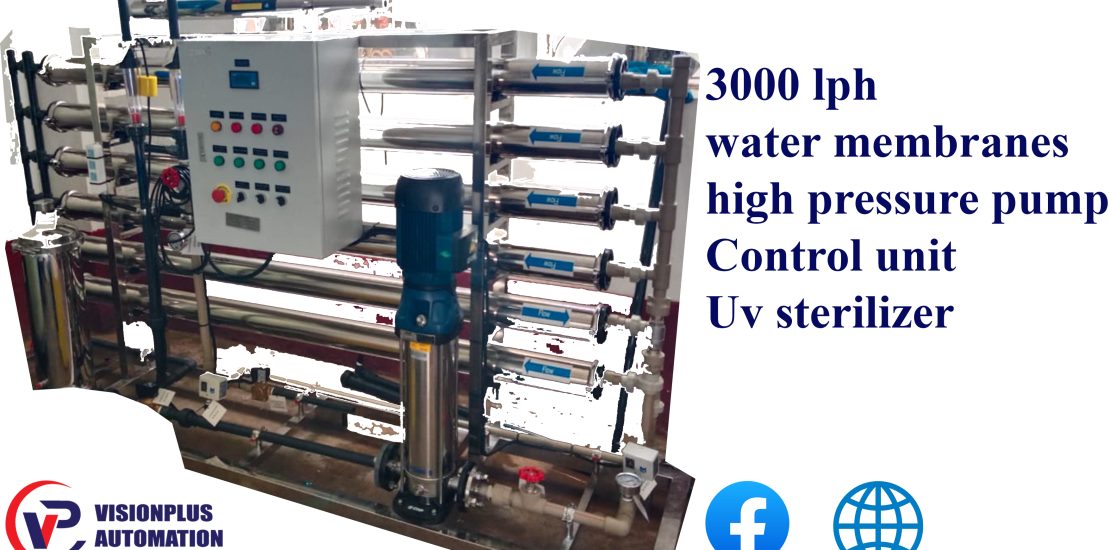- October 31, 2023
- Posted by: VisionPlus Automation
- Category: water purifying machine

Aspects of water purifying machines in Kenya
Aspects of water purifying machines in Kenya
Water purifying machines in Kenya are an essential component of the country’s efforts to ensure access to safe and clean drinking water. These machines use various technologies to treat and purify water, making it safe for consumption. In a country where waterborne diseases are a significant concern due to contaminated water sources, water purifying machines play a crucial role in improving public health and well-being.
Here are some key aspects of water purifying machines in Kenya:
- Technology Used: Water purifying machines in Kenya use a variety of technologies to treat water. Common methods include filtration, chlorination, UV disinfection, and reverse osmosis. The choice of technology depends on the specific water source and the level of contamination.
2. Installation Locations: These machines can be found in various locations, including urban areas, rural communities, schools, hospitals, and public spaces. They are strategically placed to ensure that people have easy access to clean water.
3. Community Projects: Many water purifying machines in Kenya are part of community-driven projects. Non-governmental organizations, government agencies, and local communities work together to install and maintain these machines. This collaborative effort ensures the sustainability of clean water access.
4. Reliability: Water purifying machines are designed to provide a consistent and reliable supply of safe drinking water. They are equipped with monitoring systems to ensure that water quality meets the required standards.
5. Reduced Health Risks: The use of water purifying machines significantly reduces the risk of waterborne diseases, which are a major health concern in Kenya. Contaminants, including bacteria, viruses, and parasites, are effectively removed or neutralized, making the water safe for consumption.
6. Economic Efficiency: While there are initial costs associated with the installation and maintenance of water purifying machines, they are often more economically efficient in the long run compared to alternative solutions like purchasing bottled water or treating water at the household level. This cost-effectiveness benefits both individuals and communities.
7. Environmental Benefits: Many water purifying machines in Kenya are designed to minimize environmental impact. They reduce the need for single-use plastic bottles, lower greenhouse gas emissions associated with bottled water production and transportation, and promote responsible consumption.
8. Community Empowerment: These machines empower local communities by involving them in their installation and maintenance. This empowers individuals with valuable skills and fosters a sense of ownership and responsibility for clean water access.
In conclusion, water purifying machines in Kenya are a vital part of the country’s efforts to provide clean and safe drinking water. They not only address health concerns but also contribute to economic efficiency, environmental responsibility, and community empowerment. Access to safe water is a fundamental human right, and these machines play a crucial role in ensuring that right is realized for all Kenyan citizens.
